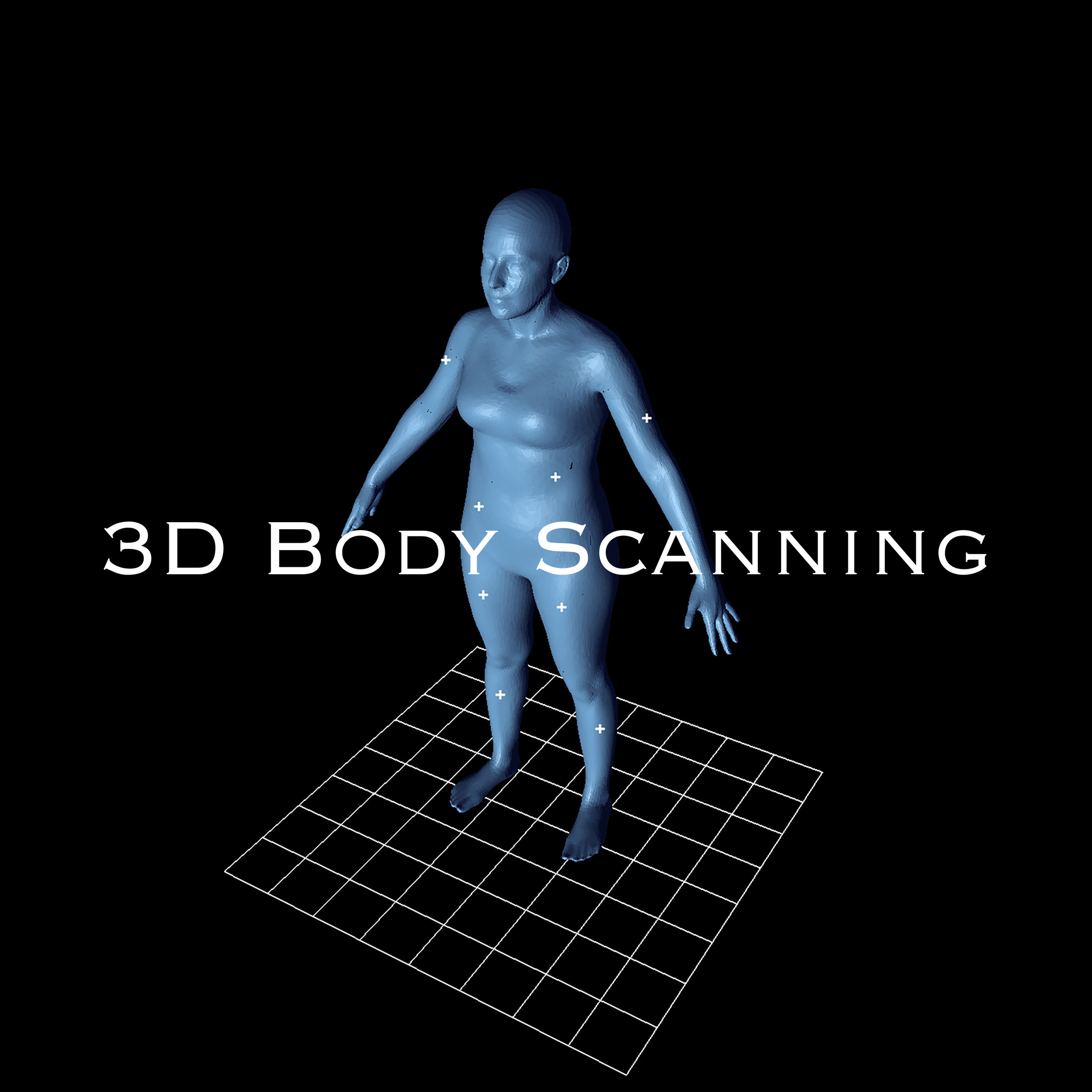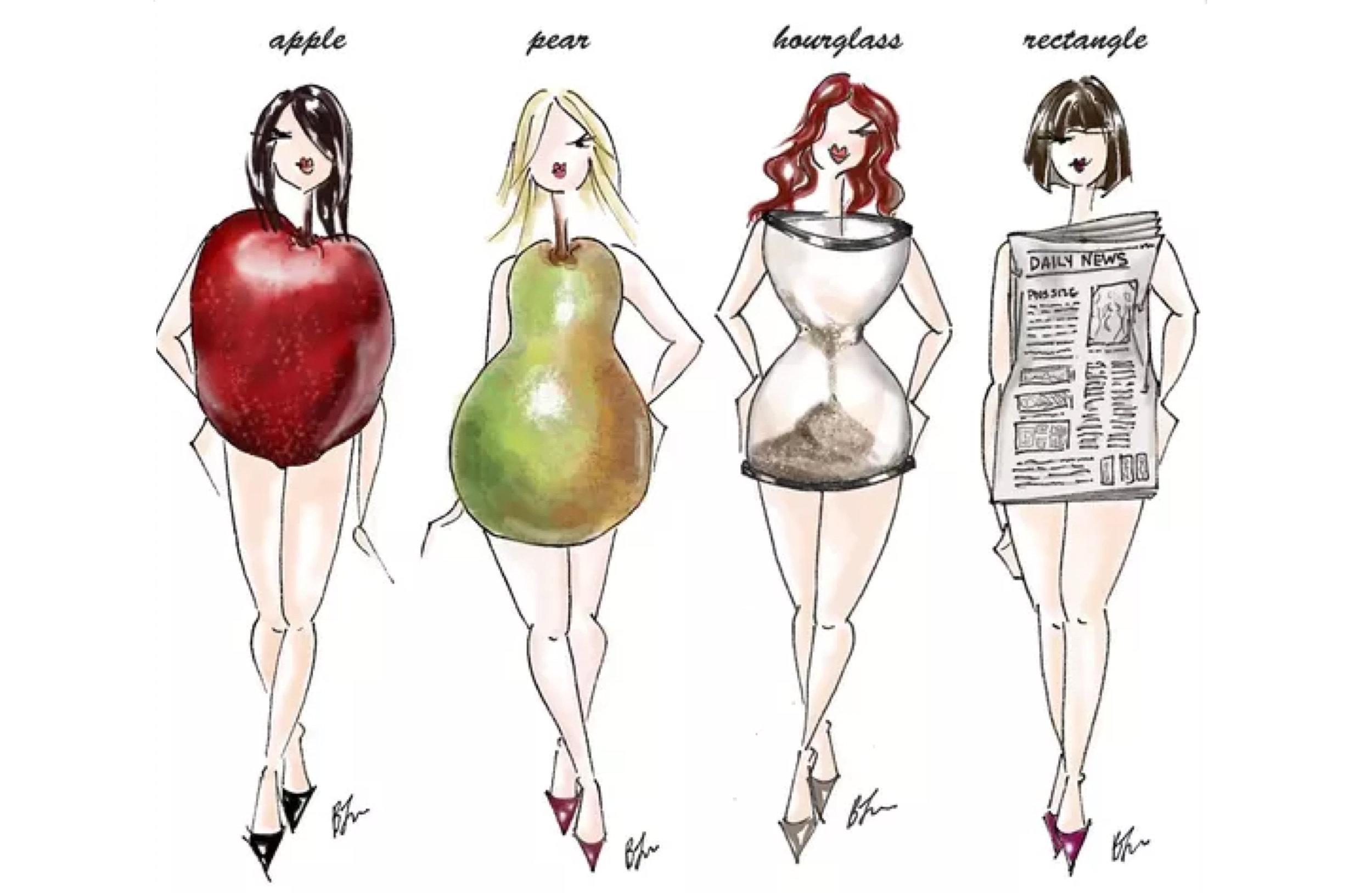I Used 3D Fitness Tracking for a Year. Here's What Happened.
Why 3D Body Scanning
We weigh ourselves, assess our body composition, and measure our waist and limbs.
But would seeing how the shape of our entire body changed over time be a stronger motivator than numerical data?
Psychological motivations aside, 3D body scanning may replace BMI as a go-to screening tool [1].
A couple of years ago, I heard someone say that in the future, everyone will have a 3D body model as part of their digital identity. The 3D model would have many applications, including ordering clothes online, and of course, tracking fitness progress.
As a Quantified Self enthusiast, I decided to try 3D body scanning. I was curious about what I would learn about myself, both from a physiological perspective and a behavioral one.
Tracking the Human Body (Some Context)
Anthropometry (i.e. the measure of the human body) has long been used to tracked human body size and shape; changes in lifestyles, nutrition, and ethnic composition of populations lead to changes in the distribution of body dimensions (e.g. the rise in obesity).
While scientists have have mostly relied on instruments like tapes, calipers and stadiometers in the past, it is now increasingly easy to use three-dimensional body scanners as a tracking tool. Rather than collect hand-measurements, anyone can now use a body scanner to take a 3D snapshot of the body in just a few seconds.
How 3D Body Scanning Works
Once a scan is taken, the scan data is used to generate measurements, along with a three-dimensional view of the body.
The output of whole body scanners is a cloud of points, which are typically converted into a triangulated mesh. This step is used to support the 3D visualization of the surface and the extraction of meaningful anthropometric landmarks and measurements.
I did my first scan in July 2016. At that time, I was not familiar with the technology, so I used a scanner that was available at my gym. Here are the results!
Why Body Shape Matters
Benefits
3D body scanning is a fast and reliable tool for collecting body measurements. A scale might indicate that the subject has gained or lost weight, but it does not show weight distribution (i.e. where these changes have happened). This is especially important if you're looking to reduce abdominal fat (belly fat).
It also does not indicate whether the subject has gained body fat or lean mass in various body parts.
- Waist-to-Hip ratio as an indicator of health risks: World Health Organization; NIDDK
- Body Volume Index as an indicator of health
Limitations of Weight / BMI as a Health Indicator:
3D Body Scanning as an Alternative to BMI
Adolphe Quetelet created the BMI for measuring human body shape. It has prevailed for over 160 years
The BMI is an attempt to quantify the amount of tissue mass (muscle, fat, and bone) in an individual, and then categorize that person. However, the BMI does not indicate weight distribution. It also does not differentiate between body fat and lean mass.
Video
Here's the experiment in a 7.5 minute video presentation
References
Waist-to-hip ratio and body mass index as risk factors for cardiovascular events in CKD.
Reliability of a 3D Body Body Scanner for Anthropometric Measurements of Central Obesity.
A personalized health monitoring and diagnosis system using 3D body scanning technology.
The impact of 3D body images on motivating weight loss in overweight individuals.




